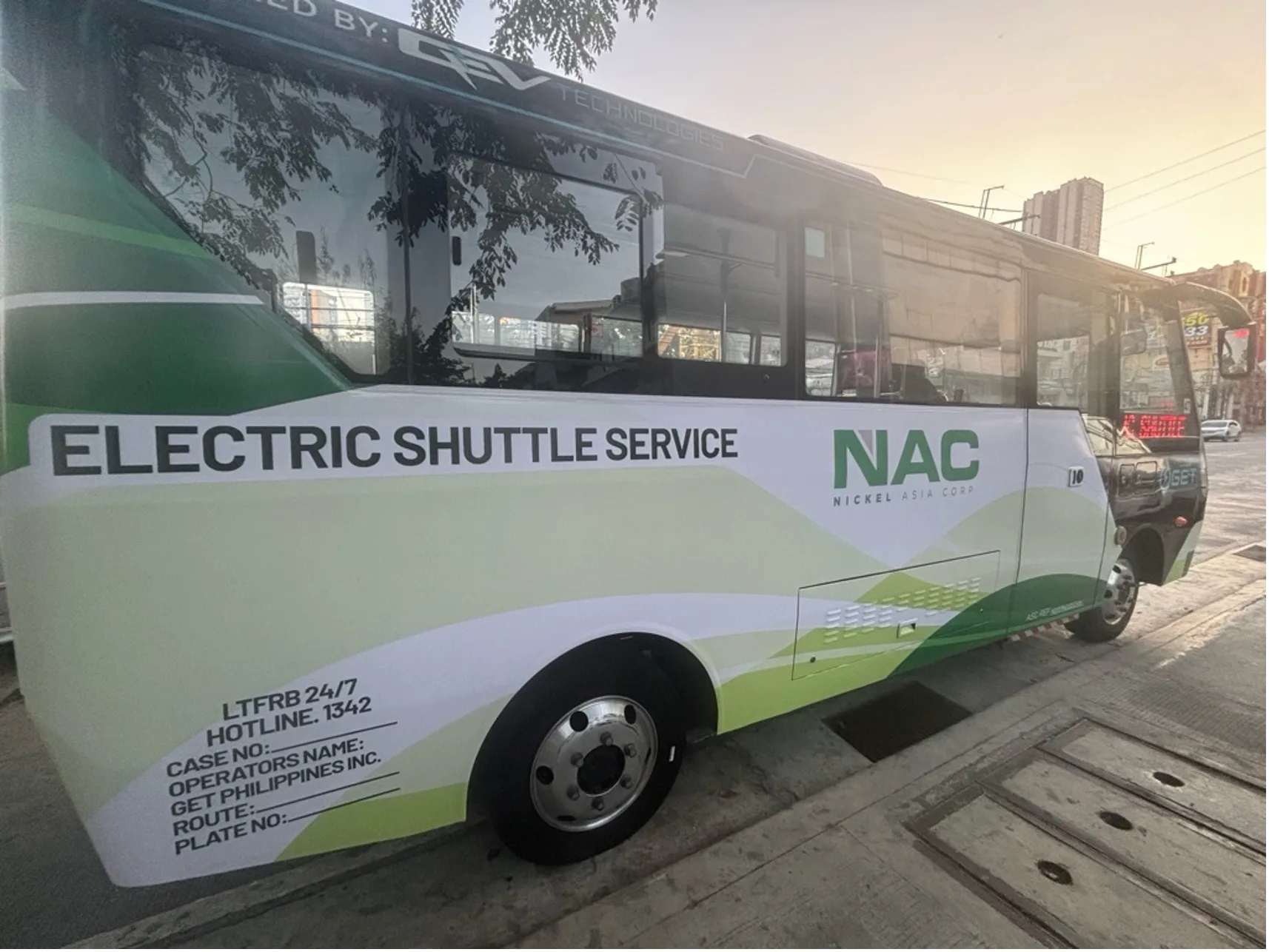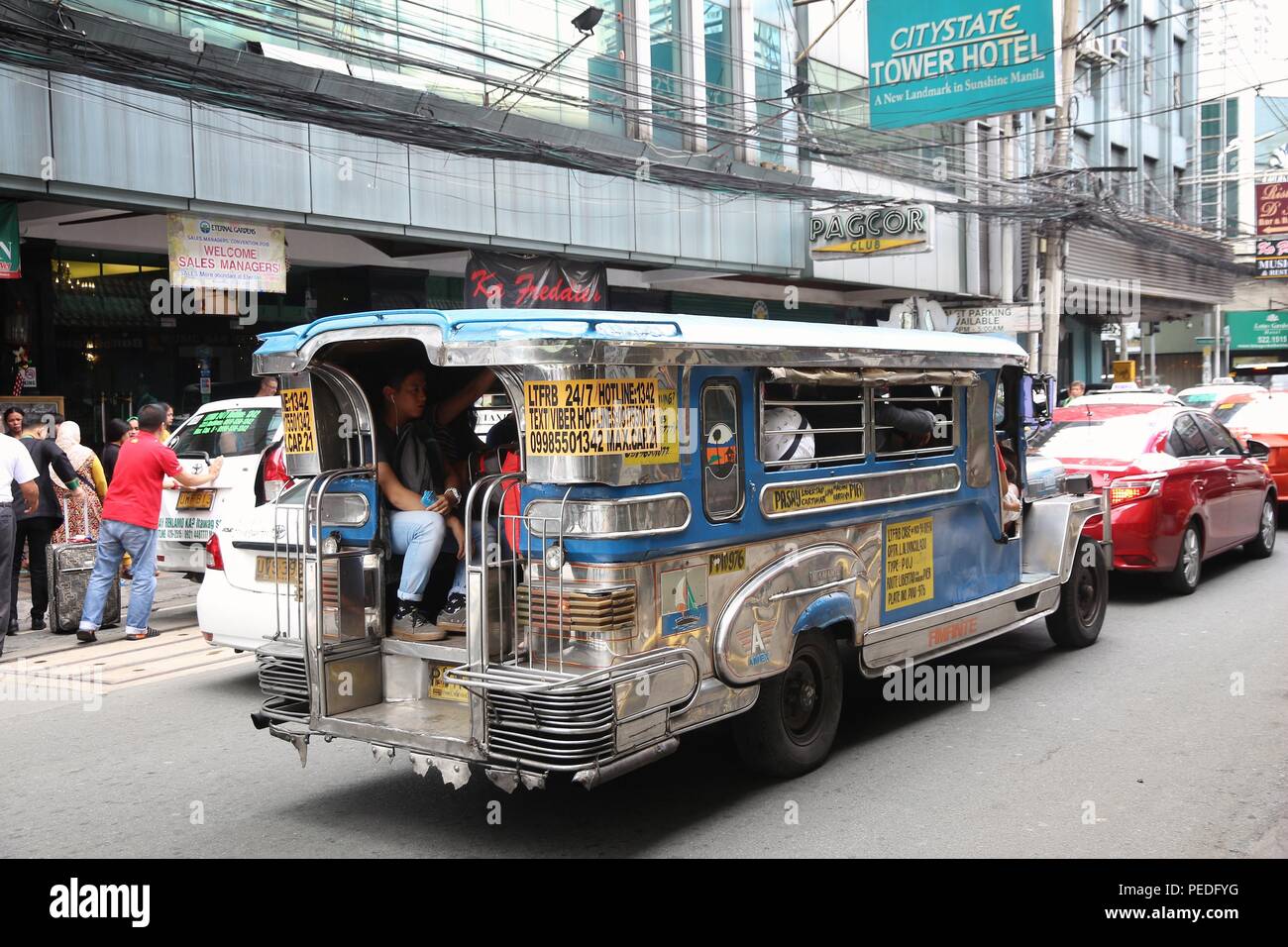Maximize Exposure with Transit Advertising Philippines
Maximize Exposure with Transit Advertising Philippines
Blog Article
A Thorough Evaluation of the Strategies and Methods for Effective Transportation Advertising And Marketing Campaigns
Transportation marketing campaign supply an one-of-a-kind chance for brand names to engage with diverse target markets in dynamic atmospheres. To achieve success, it is important to comprehend the subtleties of target demographics, implement cutting-edge layout strategies, and select optimum placement locations. In addition, the effectiveness of these campaigns can be significantly boosted by carefully keeping track of efficiency metrics and adjusting techniques appropriately. As we check out these vital elements, it ends up being clear that the path to an impactful transit marketing strategy is both rewarding and complex, elevating the inquiry of exactly how best to browse these intricacies for optimal brand visibility.
Comprehending Target Demographics
Comprehending target demographics is critical for the success of transportation marketing campaign (Transit Advertising Philippines). Identifying particular audience sections enables marketers to tailor their messages successfully, guaranteeing that the web content resonates with the designated audiences. This strategy enhances interaction and takes full advantage of return on investment
To properly evaluate target demographics, marketers need to consider a number of vital factors, including age, earnings profession, degree, and lifestyle choices. For example, a campaign focused on young professionals may concentrate on comfort and modernity, while one targeting family members might highlight safety and security and integrity. Additionally, geographical factors such as urban versus rural setups can substantially affect customer actions and preferences.
Data collection approaches such as studies, focus teams, and social networks analytics offer beneficial understandings right into group fads and customer routines. By leveraging this information, marketers can craft compelling stories that align with the worths and demands of their target audience.
Ultimately, recognizing target demographics not only notifies the critical instructions of transportation advertising projects yet likewise makes sure that resources are alloted efficiently. This targeted approach boosts the likelihood of accomplishing project objectives, cultivating brand name loyalty, and driving conversions.
Creative Style Techniques
Efficient interaction with target demographics counts greatly on ingenious imaginative design techniques in transit ad campaign. To efficiently record interest in a crowded visual setting, developers must prioritize clearness and aesthetic influence. Utilizing high-contrast elements and strong shades can enhance visibility, making sure that messages are quickly readable from a distance.
Including vibrant images that reverberates with the target market is vital. Visual storytelling techniques can evoke feelings and produce memorable organizations with the brand. In addition, critical use typography aids share vital information quickly; legible fonts and suitable sizes even more enhance readability.
Including interactive elements, such as QR codes or enhanced fact functions, can engage commuters beyond passive observation (Transit Advertising Philippines). These strategies not only advertise user interaction but likewise link the void in between traditional advertising and digital involvement
Furthermore, using area artistically-- whether on bus covers, transit sanctuaries, or metro advertisements-- can bring about ingenious layouts that damage the mold of standard advertising and marketing. By accepting imaginative creative thinking while keeping brand name uniformity, projects can foster a strong connection with their target market, eventually driving both awareness and action. The assimilation of these design strategies is paramount for accomplishing effective transportation marketing results.
Strategic Positioning Techniques
Maximizing the influence of transit advertising and marketing hinges on critical positioning techniques that guarantee optimal visibility and involvement. Efficient placement includes assessing high-traffic areas and recognizing guest demographics to determine one of the most advantageous places for ad displays. For circumstances, positioning ads near entrances and exits Discover More Here of transportation vehicles can catch the focus of boarding and touching down travelers, hence improving direct exposure.
Moreover, utilizing both indoor and exterior surface areas of transportation automobiles can dramatically broaden reach. Exterior advertisements, noticeable throughout commutes, involve pedestrians and various other motorists, while interior advertisements target passengers in a restricted environment. Furthermore, positioning promotions en route centers, such as bus terminals or train stations, permits boosted impressions as travelers transition between various modes of transport.
Timing is likewise critical; lining up the campaign launch with peak travel periods optimizes target market interaction - Transit Advertising Philippines. In addition, leveraging electronic displays en route settings can promote vibrant material, giving real-time updates and improving user communication. By using these strategic positioning techniques, marketing professionals can make certain that their transportation advertising projects attain optimal exposure, resonate with the target audience, and eventually drive desired results

Measuring Campaign Effectiveness
To examine the success of transit advertising projects, it is important to utilize a range of dimension strategies that check offer understandings right into audience interaction and general effectiveness. One primary method is using essential efficiency indications (KPIs), such as reach, impressions, and engagement rates, which measure the number of people viewed the ad and communicated with it.
Surveys and focus groups can likewise contribute in evaluating consumer understandings and recall, enabling online marketers to understand the influence of their messaging. Furthermore, tracking site traffic and social media involvement during and after the campaign aids gauge direct feedbacks to the advertising and marketing.
One more efficient strategy is making use of location-based analytics, which can offer information on foot traffic around particular transportation areas, offering insights right into whether the project efficiently caught the focus of commuters. In addition, analyzing sales information can reveal relationships in between transportation marketing and enhanced revenue, offering substantial evidence of a campaign's efficiency.
Study of Success
Comprehending the performance of transportation ad campaign via dimension techniques lays the groundwork for taking a look at real-world instances that highlight successful end results. One remarkable study entails a national drink brand name that made use of bus wraps in metropolitan areas. The project intended to enhance brand name visibility and sales during the summer months. By utilizing geo-targeted electronic ads and analytics, the brand measured a 30% boost in sales in areas where the covers were prominently displayed, demonstrating the direct influence of transportation advertising and marketing.
Another compelling instance comes from a neighborhood nonprofit company that released a campaign on train systems to advertise an area event. The organization integrated dynamic visuals with QR codes guiding commuters to a registration page. Post-campaign analysis exposed a 50% increase in occasion attendance contrasted to the previous year. Using direct interaction through technology magnified the project's reach and performance.

Verdict
In recap, effective transportation advertising and marketing campaigns require a detailed technique that incorporates an understanding of target demographics, ingenious style strategies, and tactical placement. By prioritizing emotional engagement with vibrant visuals and maximizing presence during peak traveling times, brands can significantly improve their influence. Moreover, ongoing dimension of project performance with key performance indicators and consumer comments makes sure constant renovation. Collectively, these techniques foster brand name visibility and optimize the roi in transportation advertising and marketing campaigns.
Understanding target demographics is critical for the success of transit marketing projects.Efficient interaction with target demographics relies greatly on innovative imaginative design methods in transit advertising and marketing projects. By using these tactical placement techniques, marketers can make certain that their transportation marketing projects accomplish maximum exposure, resonate with the target audience, and inevitably drive desired results.
Recognizing the efficiency of transportation advertising projects via measurement strategies lays the groundwork for taking a look at real-world instances that highlight effective results.In recap, effective transportation advertising campaigns demand a comprehensive technique that incorporates an understanding of target demographics, innovative design methods, and critical positioning.
Report this page